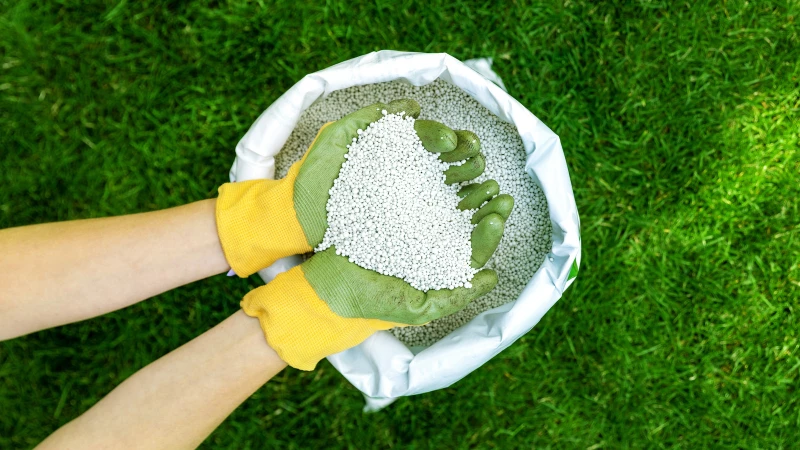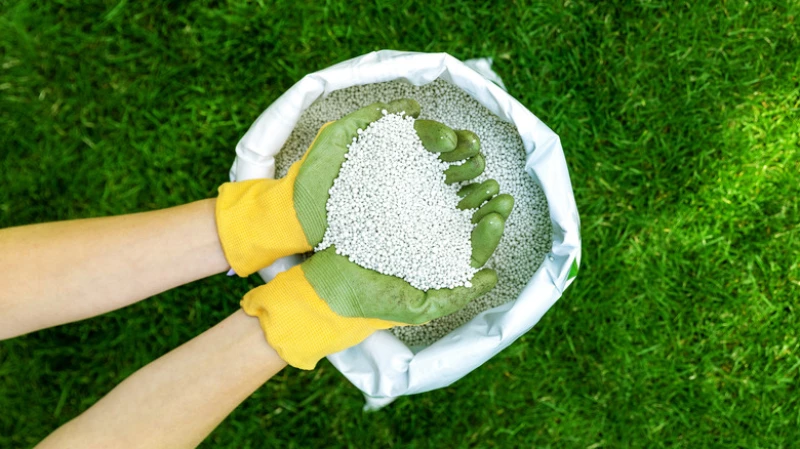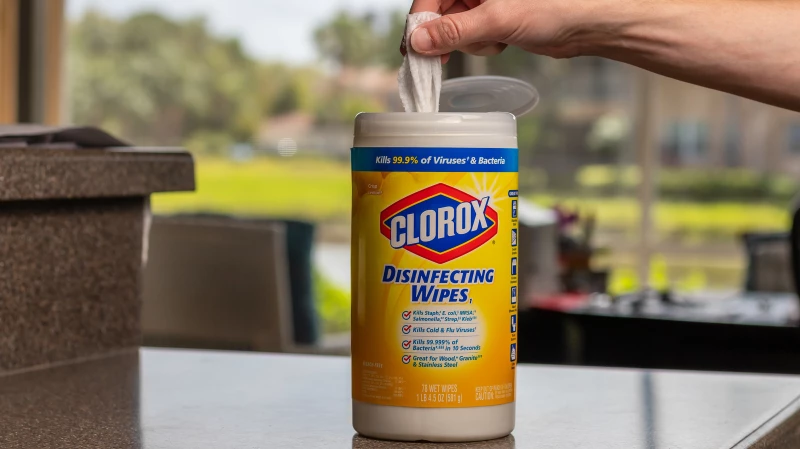Having a vibrant green lawn requires more than just a green thumb. It demands time, commitment, financial investment, and effort. But traditional green lawns are not environmentally friendly; they act as barren landscapes for pollinators and wildlife. The runoff from pesticides and fertilizers can seep into water systems, causing algal blooms and environmental harm. With this knowledge spreading, many are turning to organic fertilizers and contemplating the ecological impact of their lawns.
Recently, a TikTok trend showcased how homeowners can maintain lush, green lawns using Milorganite, an organic, slow-release fertilizer. Unlike other methods, Milorganite is sustainable as it is produced from recycled materials. Before using this fertilizer, it's essential to consider a few factors. However, be warned, the manufacturing process may be unconventional and not for the faint-hearted.
What is Milorganite?
Milorganite is a slow-release fertilizer made from treated sewage sludge sourced from the Milwaukee Metropolitan Sewage District's wastewater treatment plants. While this probably strikes you as gross, the way the fertilizer is upcycled into a new product is part of what makes it a sustainable alternative to synthetic varieties.
Sewage sludge contains many leftover nutrients that plants need, like nitrogen, phosphorous, and other organic matter that would otherwise be discarded. To help break down the biosolids in wastewater, microbes are added to digest the water's nutrients, making them bioavailable. Microbes play a significant role in soil health, as well as in the breakdown and absorption of nutrients.
Once the microbe clumps undergo a thorough cleaning and manufacturing process, they are transferred to a kiln where they are subjected to high temperatures to eliminate any remaining pathogens. The end result is a bag of dried and heat-treated microbes that undergo extensive testing to ensure they meet health and safety standards. Named after its components - (Mil)waukee, (orga)nic, and (nit)rogen - Milorganite fertilizer releases nutrients gradually as plants require them. This slow and sustainable release nourishes the soil's microbes over time, providing a steady supply of nutrients for your lawn without causing a sudden growth spurt.
How to use Milorganite for an eco-friendly lawn
If you're undeterred by the manufacturing process of Milorganite and are keen on adopting more eco-friendly lawn care practices, you're on the right track. This slow-release fertilizer offers extended nutrient absorption and is not water-soluble, reducing the risk of leaching into groundwater. By staying in the soil and not washing away, Milorganite proves to be a sustainable alternative to synthetic fertilizers that are water-soluble.
Optimal Milorganite Application for a Lush Green Lawn
For a thriving lawn, the experts at Milorganite suggest applying their fertilizer every 8-10 weeks during the peak growing season of your grass. However, the frequency may differ based on whether you have northern (cool-season) grass or southern grass that thrives in warmer climates. It's crucial to apply Milorganite when the soil temperature ranges from 55 to 85 degrees Fahrenheit, as this is the optimal range for active microbes to break down the fertilizer for your plants' benefit. The recommended application rate is one 32-pound bag per 2,500 square feet of lawn. To ensure even distribution, consider using a broadcast spreader and remember to overlap rows for maximum coverage. The best part? No need to water the Milorganite for your grass to enjoy its nourishing effects.








